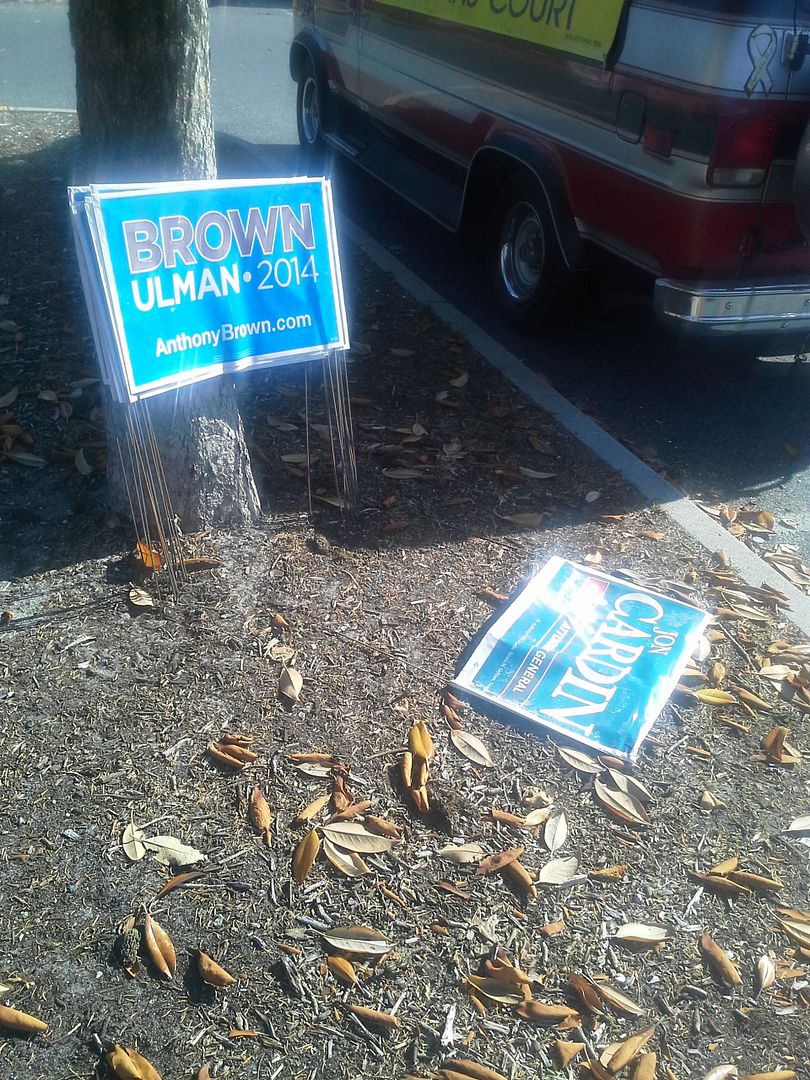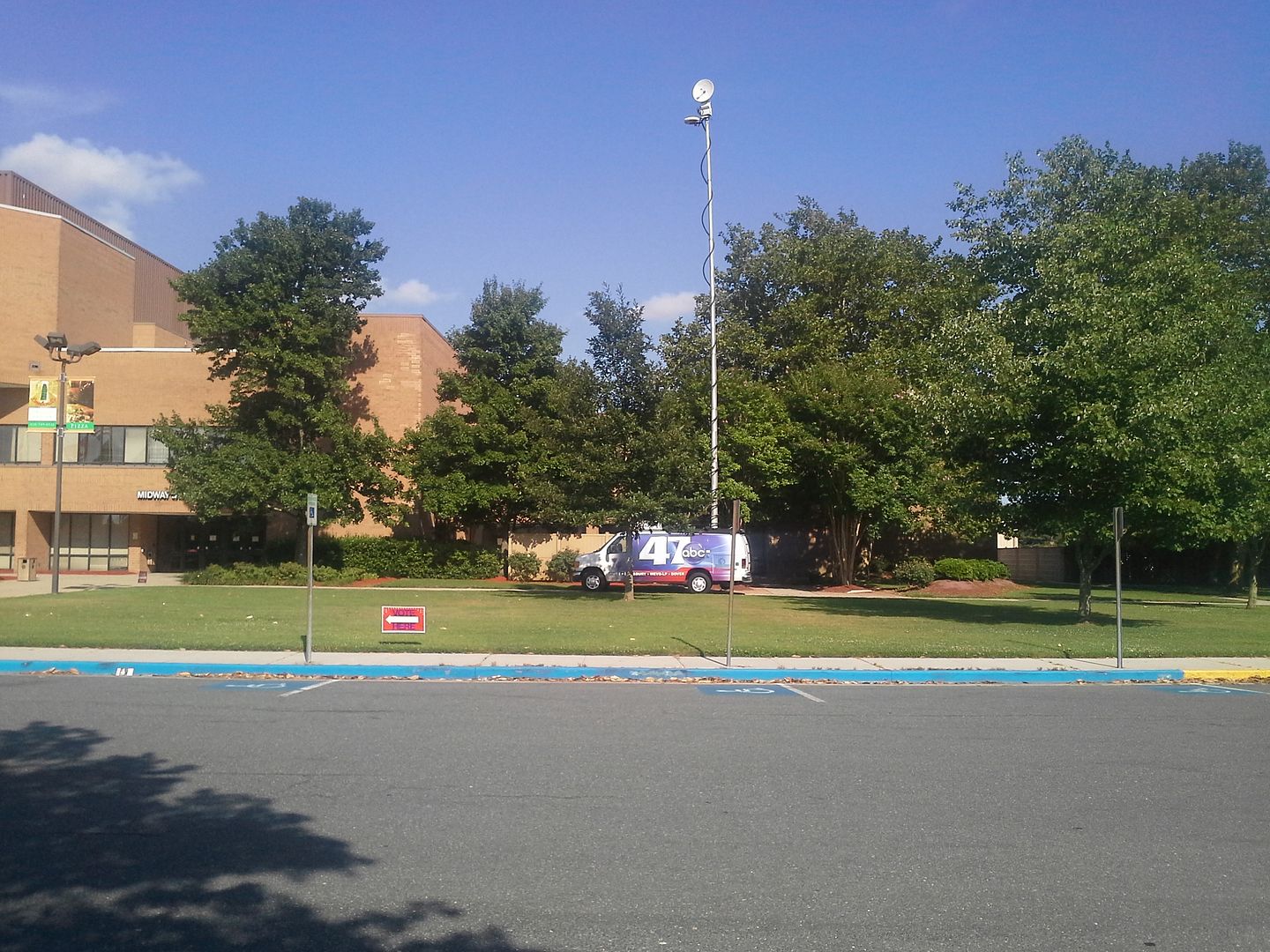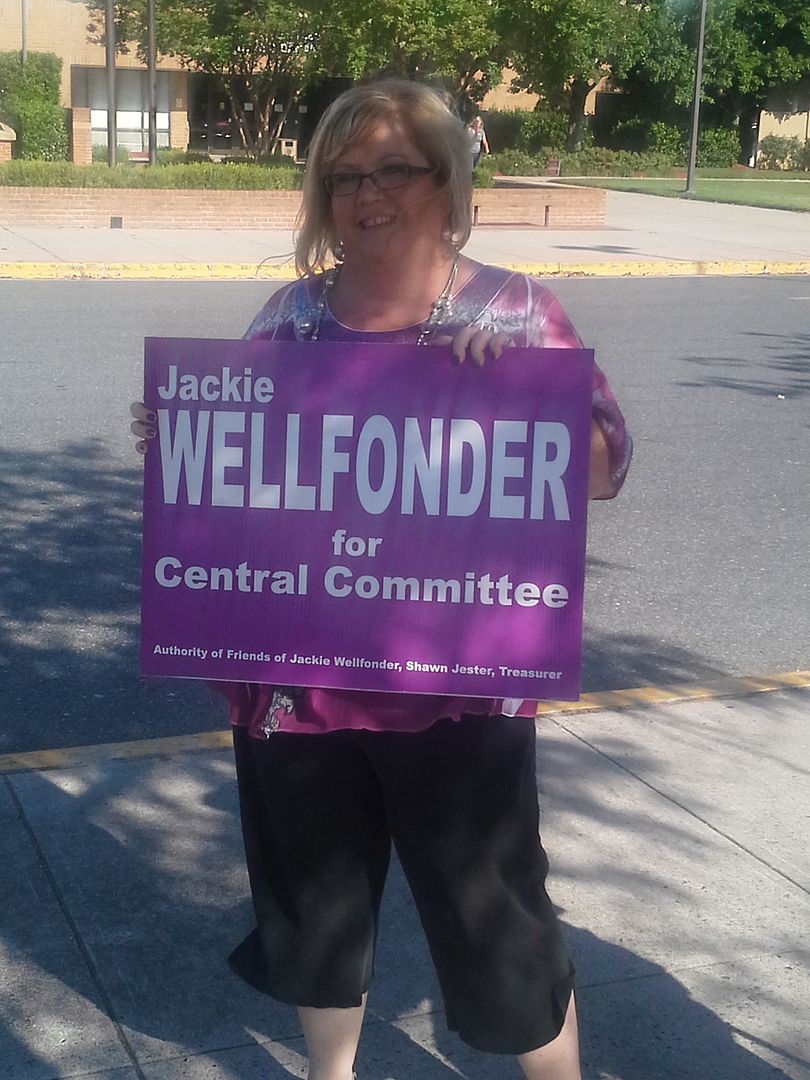While I mentioned the other day that not much fresh news would come from the political races until after the Independence Day holiday, that doesn’t mean that “Maryland’s top conservative blogger” (at least according to David Gerstman, contributor to Legal Insurrection) won’t have his say on things. I wanted to open up by taking a look at Larry Hogan’s “Hogan’s Plan” for the state’s finances.
Over the course of the primary campaign I was critical of Hogan for having such a vague “to-do list” of priorities he would have as governor, and this wasn’t a whole lot better. Be that as it may, I’m going to try and work with it in the real world anyway.
In Maryland, the governor perhaps has the most power of any such chief executive in the country – particularly if he wants to get serious about cutting the budget. The General Assembly can’t come back with a larger budget total, although they can tweak around the edges to some extent. So let’s go with the baseline established by Martin O’Malley when he set the FY2015 budget that takes effect tomorrow at $39.224 billion. Hogan promised that:
On day one, he will begin to run the government more cost-effectively and honestly. The Hogan-Rutherford administration will implement the recommendations of past audits, conduct additional independent audits of every state agency, and immediately get to work eliminating duplication, fraud, and waste to make sure that every cent of taxpayer money is spent efficiently.
By his reckoning, there is “$1.75 billion in waste and abuse” in state government. Figuring this with my public school math, that is 4.46% of the state budget – which seems like a nice little chunk of change until you realize the difference between the FY2015 and FY2014 budgets is $1.886 billion. In other words, the “waste and abuse” only accounts for about the same amount of money as an average annual increase. Something tells me there’s more low-hanging fruit than that. Yet Hogan says:
By cutting the waste and abuse from state government, he will be able to save the taxpayers of Maryland billions of dollars without having to cut our priority programs and agencies. It is a simple solution to a problem that has plagued our state for the last eight years, and it will enable him to cut and eliminate the regressive taxes that have crushed middle-class families and small businesses.
Nothing is ever that simple, but on the other hand his opponent is willing to blow up the budget with millions and millions of dollars in additional spending. If Anthony Brown simply maintains the Martin O’Malley glide path of 4% budget increases each year, this is what the next four budgets would look like:
- FY2016: $40.793 billion
- FY2017: $42.425 billion
- FY2018: $44.122 billion
- FY2019: $45.887 billion
Compared to level-funding the budget, that’s an additional $16.331 billion in tax dollars needed and you can bet your bottom dollar the Democrats will take all that and more from hard-working Maryland families.
And if you look at what Anthony Brown is promising, particularly in the area of education with universal pre-kindergarten, student loans for children of illegal aliens, creating a new Office of Educational Disparities, and providing extra money for HBCUs, assuming 4% annual increases may be on the low side.
The other part of Hogan’s Plan deals with business climate:
Maryland’s unemployment rate is 75% higher today than it when the recession began. In fact, the nonpartisan Tax Foundation ranked Maryland #41 in the nation for business climate. The main reason for this unfortunate reality is that it costs too much for job creators to stay in or come to Maryland. He will reduce the burden on job creators, open Maryland for business, and make our state more competitive with others in our region. The Hogan-Rutherford administration will overhaul the Department of Business and Economic Development to focus on aggressively attracting and retaining job creators in order to bring more and better-paying jobs to Maryland.
This is where the lack of specifics is really aggravating, particularly when Hogan’s vanquished opponents directly addressed the issue by proposing corporate tax cuts. In the FY2015 budget, corporate taxes bring in $1.011 billion so eliminating them entirely is affordable if you assume Hogan has the $1.75 billion of waste and fraud elimination in his pocket. Now THAT would turn some heads, but Hogan refuses to make the commitment.
Let’s look at Brown’s “Competitive Business Climate Tour” plan, though. There are nine “areas of focus” therein, but I’m going to focus on five of them:
Tax Liability: Reform our tax code to ensure that it reflects our current economy, enables state and local government to adequately fund our shared priorities, and encourages job generating investments in Maryland.
If you want the tax code to reflect our current economy, rates should be decreased to match the zero growth Maryland is enjoying right now. Unfortunately, it will instead be certain to “enable…government to adequately fund” all the brilliant schemes these liberals come up with. And don’t be surprised if combined reporting isn’t among those items designed to “encourage” investment in the state by hiking taxes on national companies.
Cost and Reliability of Energy: Promote the cost-effective generation of energy and improve the reliable delivery of energy through the grid to businesses and residents while transitioning to more sustainable energy sources.
There’s either one of two ways to go here: we get a “grand bargain” where fracking is finally allowed on the western end of the state in return for “investment” in wind turbines off Ocean City (perhaps via a tax on natural gas producers), or we just get the necessary subsidies to make these unsightly and inefficient wind turbines and land-wasting solar panel farms a reality. Look for the “renewable energy portfolio” to increase the percentage of “sustainable energy sources” to levels unsustainable for utilities to address without huge increases in consumer bills.
Cost of Living: Expand access to affordable housing and healthcare, healthy food options and cost-effective transportation to create a reasonable cost of living for all Maryland families.
When you see the words “expand access to” they really mean “spend more on,” with two exceptions: expanding access to “healthy food options” will involve the elimination of those options deemed unhealthy, such as fast food outlets. You will eat your broccoli and like it. The same goes for “cost-effective transportation” because, for many, transportation will become cost-ineffective: gas taxes will increase in order to subsidize mass transit, which is only cost-effective to the inner-city user whose farebox donation isn’t nearly enough to cover its cost.
And just how is a “reasonable cost of living” determined by the government? To me, that is determined by the market and the desires of those families as to their priorities.
Reliable and Predictable Legal System: Provide a civil justice system that allows deserving individuals to get justice and hold wrongdoers accountable while ensuring that awards are fair and equitable.
That is called tort reform, and the chances of pigs flying in Maryland are probably far higher than passage and enforcement of anything of the sort – especially if Brian Frosh is elected as AG.
Small- and Medium-sized Business Access to Working Capital: Ensure all viable small- and medium-sized businesses have access to affordable capital by working with lenders and businesses to maintain a strong environment for growth.
When I read this, I immediately thought: nice little financial institution you got there, be a shame if something happened to it. It’s the market’s job to figure out if a business is capital-worthy, not government’s.
My gosh, Larry Hogan, you have to do better than this. There are so many holes and code words in Brown’s plans that it should be easy to come up with something actually viable for keeping businesses and people from leaving the state.


 I knew this would be a slow week for me because of the election, so I only had a couple posts for American Certified this week. But they were important because they were on a subject near and dear to manufacturers’ hearts – financing.
I knew this would be a slow week for me because of the election, so I only had a couple posts for American Certified this week. But they were important because they were on a subject near and dear to manufacturers’ hearts – financing.





